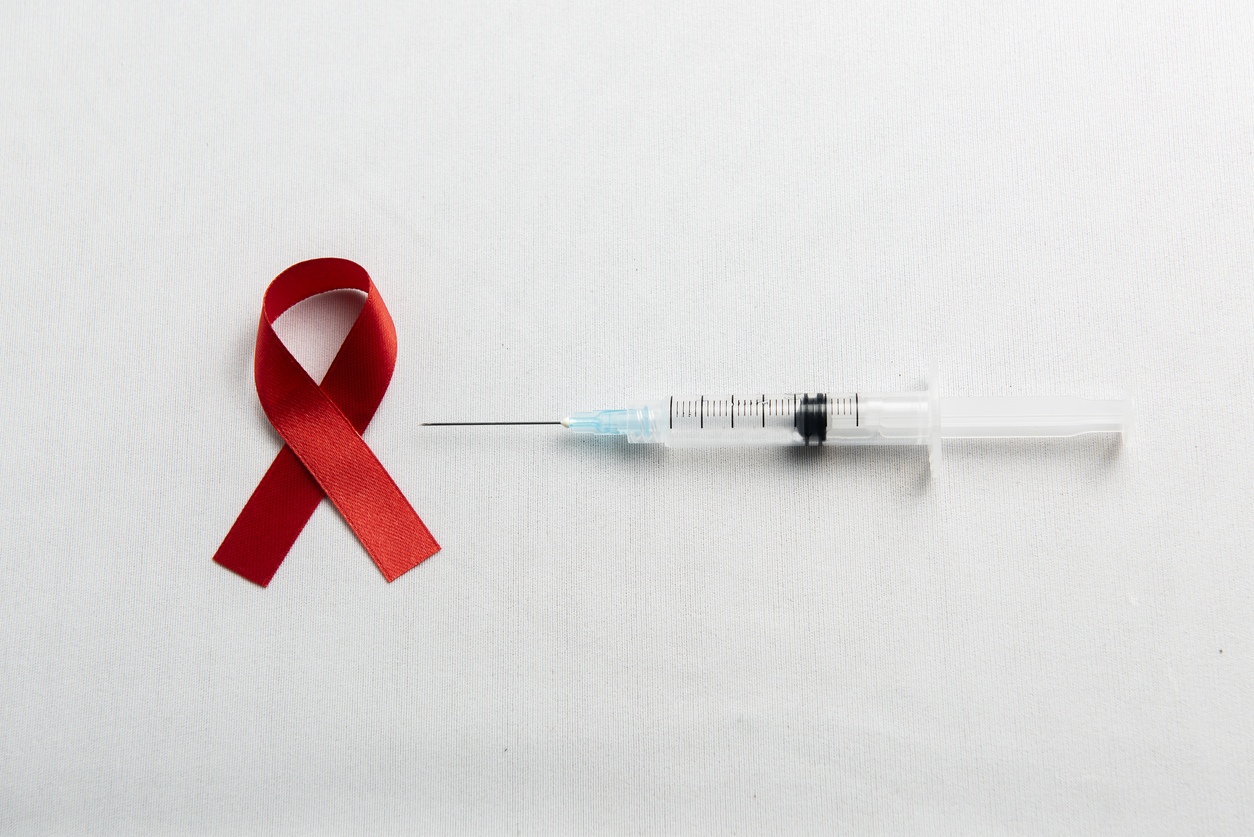2025-07-21
Essential oils and skin: the synergy of plants and nanoscience
Dermatology and Venereology
By Ana Espino | Published on July 21, 2025 | 2 min read
#SkinCondition #EO #Formulations #Dermatology #DDS
Skin conditions are an increasing health concern, both in medical dermatology and therapeutic cosmetics. These disorders require treatments that meet several demands: therapeutic efficacy, local tolerance, and the ability to reach the deep layers of the epidermis without damaging the skin barrier. In this context, plant-derived essential oils (EOs) are regaining attention due to their rich and multifunctional pharmacological profile. Numerous studies have highlighted their antimicrobial, anti-inflammatory, antioxidant, and healing properties, making EOs promising candidates for managing skin disorders.
However, their clinical use remains limited due to major challenges: high volatility, chemical instability, and low cutaneous bioavailability. When applied in pure form or poorly formulated, some EOs can also trigger irritant or allergenic reactions, limiting their long-term safety. These limitations represent a true challenge for harnessing their therapeutic potential. To address these issues, recent research focuses on developing innovative drug delivery systems (DDS). These technological platforms — including liposomes, nanoparticles, hydrogels, and polymeric films — aim to stabilize EOs, enhance their targeted delivery, and improve skin penetration while reducing toxicity.
This study presents an up-to-date review of the scientific and technological advances in integrating plant essential oils into next-generation delivery vectors. The objective is to explore how the convergence between nature and nanoscience can transform EOs into safe, effective, and intelligently delivered dermatotherapeutic agents.
How to stabilize the volatile power of essential oils?
This study is based on a qualitative analysis of the most commonly used essential oils in dermatology, such as lavender, tea tree, eucalyptus, rosemary, lemongrass, clove, chamomile, and turmeric — known for their antimicrobial, antifungal, anti-inflammatory, and antioxidant properties. It also examines the developed formulations, administration devices, and delivery systems such as nanoemulsions, liposomes, solid lipid nanoparticles (SLN), micelles, nanogels, polymeric films, or sustained-release devices.
The results show that encapsulating these EOs in nanotechnological carriers leads to improved physicochemical stability, prolonged and controlled release, and enhanced skin penetration. These formulations also reduce cytotoxicity and the irritant effects associated with applying pure EOs. In models of acne, atopic dermatitis, or infected wounds, nanocarrier-based formulations demonstrated stronger antimicrobial and anti-inflammatory activity as well as accelerated healing.
Some platforms even enable targeted delivery to keratinocytes, fibroblasts, or cutaneous immune cells, thereby optimizing the therapeutic effect while reducing systemic side effects. These findings confirm the growing interest in nanotechnologies to enhance the therapeutic potential of EOs in dermatology, ensuring safety, efficacy, and precision.
Towards smart and natural skincare?
Skin conditions — whether inflammatory, infectious, or chronic — require effective, safe, and well-tolerated treatments. Despite their promising therapeutic properties, plant essential oils face several challenges: chemical instability, poor skin penetration, and irritant potential when applied pure. The aim of this review was to analyze how innovative delivery systems help overcome these limitations and optimize the use of EOs in dermatology. The results demonstrate that encapsulating EOs in nanotechnological vectors significantly improves their stability, skin tolerance, and therapeutic efficacy, while enabling controlled and targeted release.
Future perspectives include standardizing formulations, developing smart delivery systems, and validating clinical efficacy through randomized trials. Integrating essential oils into well-designed technological platforms could thus give rise to a new generation of dermatological treatments combining natural origin, precision, and effectiveness.
Read next: Vitamin D and skin: friendly or hostile light?
About the author – Ana Espino
PhD in Immunology, specialized in Virology

Last press reviews
Twice-yearly injections to change the game?

By Ana Espino | Published on December 3rd, 2025 | 3 min read
HIV & young people: what if we changed the rules?

By Ana Espino | Published on December 2nd, 2025 | 2 min read
